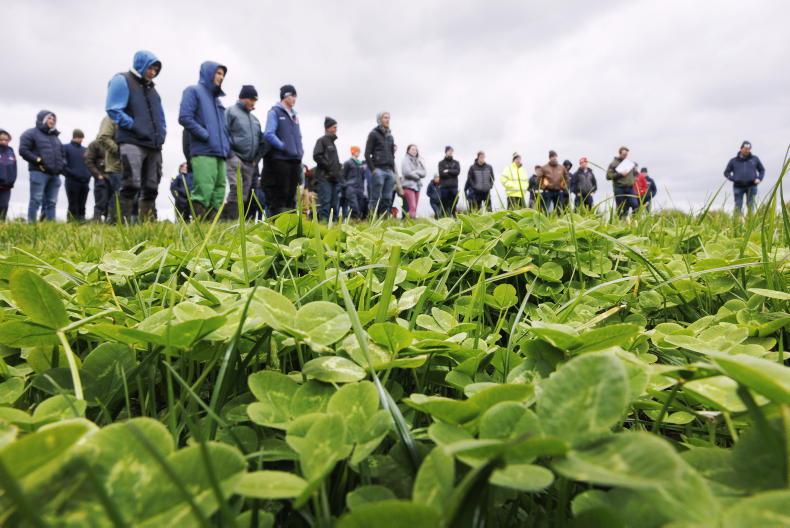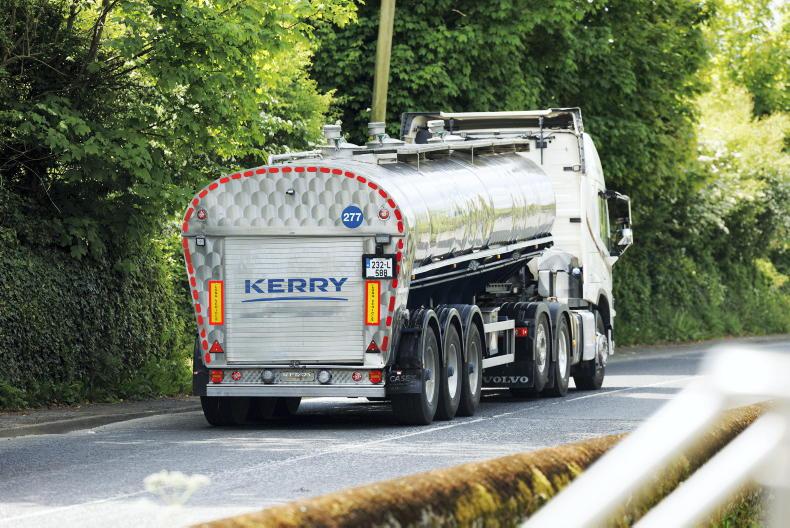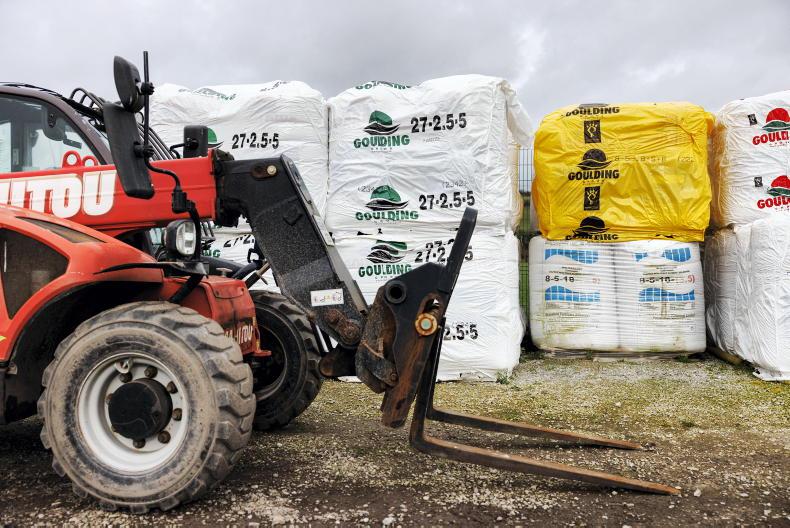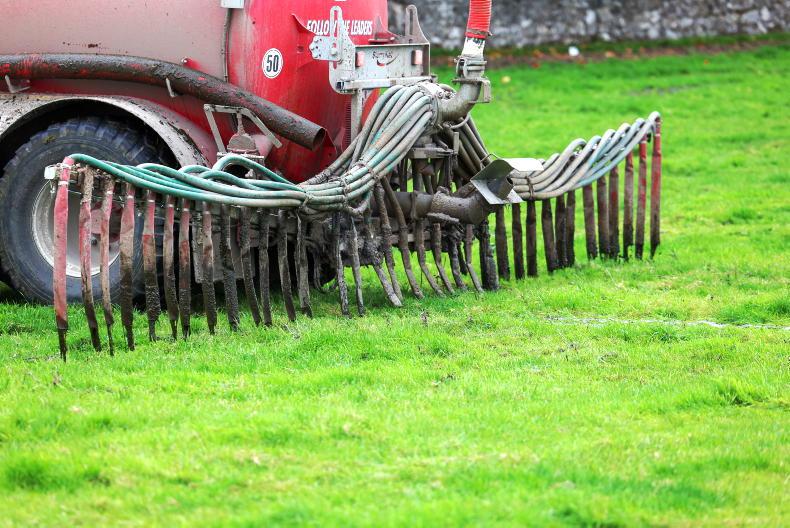Weather
Rainfall levels over the last seven days are almost twice what’s normal for the time of year. While manageable in isolation, the fact that March and April were also wetter than normal means that land is very wet, with a high water table.
As always, those on heavier soils are hit hardest because they are getting more rain and their soils are slow to dry out compared to free draining land.
The good news is that the forecast is looking better with relatively dry conditions due next week. In the meantime, strip wires, on/off grazing and even housing at times will be the order of the day for those on heavier land and who are struggling to avoid excessive damage.
Land is at its most tender now in the second and third rotations, so it’s really easy to do damage.
While growth rates are improving and the prospect is positive for the week ahead, many farms continue to be tight for grass because growth has been lower than expected – particularly where ground is very wet and where fewer grazings were got per paddock than planned because of ground conditions.
Elsewhere, the situation is good and growth rates are exceeding demand. Make sure pre-grazing yields don’t go above 1,400kg to 1,500kg/ha for the next few months.
Calves
OK the weather hasn’t been great, but at this stage the priority must be about getting replacement heifer calves out to grass and off milk. It’s a healthier environment for them to be outside and good quality grass is a good source of energy and protein.
Meal feeding is important for the next few weeks until calves are fully adjusted to a solid diet but after that it’s not needed, provided grass quality is good.
Putting calves on a leader follower type system for the summer will ensure that they can eat the best quality grass and then move on to a new paddock after a few days, with other stock coming in behind to clean up.
Calves shouldn’t be asked to clean out a paddock properly until they are strong enough by late June or July.
Demand for later born beef bred calves remains mixed, with small money being paid for lighter Angus and Hereford calves, but then these represent good value for farmers who intend to keep them for the second winter anyway.
Cashflow
Every farmer should be carrying out a cashflow budget for the year. It doesn’t have to be very elaborate to be effective, in fact the simplest ones are often the most effective.
Estimate milk volume and milk price received for the rest of the year plus other income from stock sales, BISS, etc.
Next, deduct what you expect to pay for all costs, loan repayments and drawings for the rest of the year plus an allowance for tax. What you have left is the cash surplus, and this will be available for re-investment or savings.
For many farmers the tax bills to be paid this year will be the biggest ever, and unlike last year the milk cheques will be a lot smaller with milk prices continuing to fall.
If cash is going to be scarce, then costs will have to be looked at again and judged to see what is really necessary and what can be done without this year.










SHARING OPTIONS